You know what I’m referring to. That ‘granny hump’ on the upper back that you’ve likely seen on people usually older than 50. Sadly, we are seeing it more and more in younger and younger people.
This week’s blog will answer some of the important questions regarding “Granny Hump”
What is it?
Why does it happen?
What can we do to get rid of it?
How do we get rid of it?
In order to understand what it is, we need to start with what a normal posture is.
From the front, the hips, shoulders and ears should all be level and the head should line up directly over the midline of the hips. From the side, the ear should line up over the shoulder; the shoulder over the hips; and the hips over the outside of the ankle. That’s what things look like on the outside. On the inside (via an x-ray), we should see a forward c-shaped curve in the neck, a backward c-shaped curve in the mid back and another forward c-shaped curve in the low back. In this position, the spine is in the strongest position possible and most importantly, the nervous system is free to move and is relaxed neuro-structurally.
The Granny Hump
The hump, technically referred to as Dowager’s Hump, can be the result of several bio-mechanical faults that come with a lack of maintenance. Our heads weigh between 12-14lbs on average. As the head translates (shifts) forward over the shoulders, it causes a reciprocal backward shift of the shoulders to compensate. The weight of the head is pulled down by gravity and we end up losing and gravity ends up winning Not good. We call this (AHS) Anterior Head Syndrome. AHS causes a myriad of secondary problems like TMJ dysfunction, headaches, neck pain, mid back pain, low back pain, cervicogenic vertigo, numbness and tingling into the arms and hands, and more.
As a result of this forward shift of the head, the ligaments and soft tissues on the back of the neck become weak, tired and irritated from constantly trying to keep the head up. In an effort to counter this, the body begins to lay down fat tissue in an effort to stabilize the tissues. Over time, the fat accumulates and the we see a hump emerge.
Left alone, the hump grows as we age and gravity pulls us further forward. The shoulders shift further back and the hips then move forward to counter the balance of the body and a ‘sway-back’ effect happens.
Other causes of the Dowager’s hump can be osteoporosis (softening of the bones causes compression fractures within the vertebrae), hemi-vertebrae (the vertebrae are malformed when they developed in the fetus), arthritides like Sheuermann’s disease. Regardless of the condition, the following exercises can help improve the posture and add strength to the system of joints and muscles.
The Fix
We have to correct the posture and the Anterior Head Syndrome. We have to ensure that the proper neck curve is present and we have to be aware and cognizant of our posture always.
Try these exercises:
1. Wall Slides:
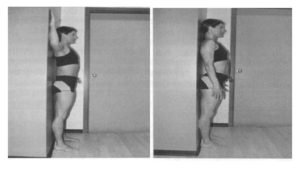
Great for strengthening the upper back
2. Chin Tucks:
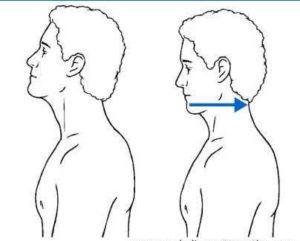
Chin tucks
3. Thoracic extension exercises
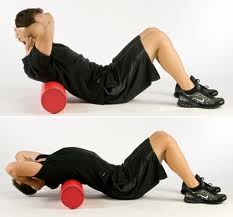
Remedy for prolonged sitting
4. Seated cat/cow

Seated cat cow exercises are great to do every hour at work or school
5. Swimmers
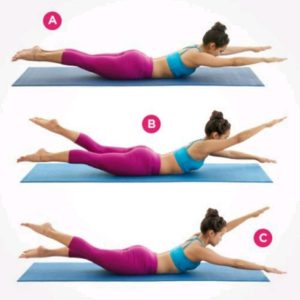
Swimmers exercise
By working through this series of exercises, daily, you will strengthen the muscles of the upper back and neck to work on correcting your posture. Now truly, working the muscles and strengthening will help but only so far. Creating the spinal neuro-structural shifts takes time through proper alignment and neuro-structural corrective traction. If you find that after doing these exercises, you aren’t seeing a change in your postural alignment, then I recommend scheduling a consultation to determine whether a NeuroStructural shift or a loss of normal cervical curve in your spine is holding you back from getting rid of the Granny hump.

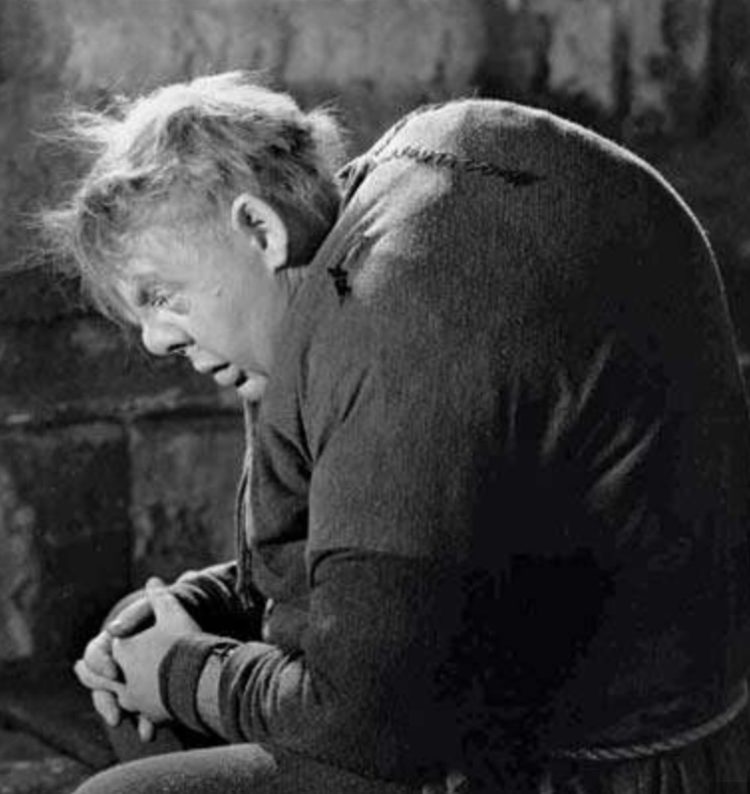





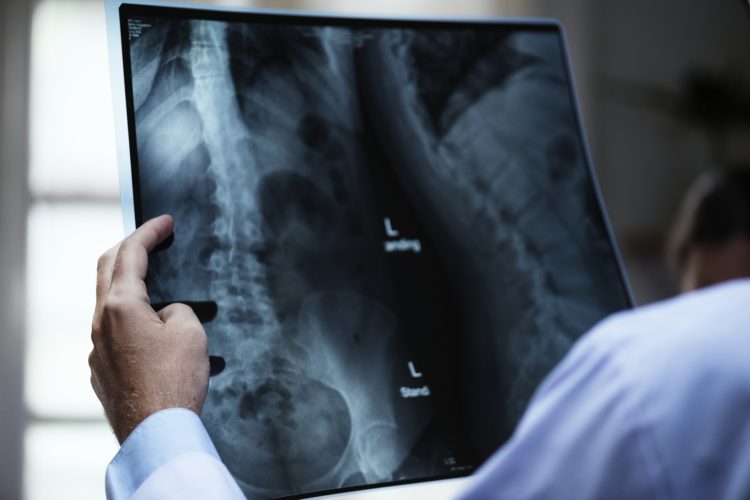
 Dr. Craig Hazel’s mission is to help families THRIVE. After graduating from Queen’s University with a Bachelor of Science and a Bachelor of Physical and Health Education, he went on to earn a Doctor of Chiropractic degree and a Bachelor of Science in Anatomy from Parker College of Chiropractic in Dallas Texas. He is passionate about seeing children and families in his private practice at Synergy Chiropractic in Kanata Ontario. A sought after speaker, he has been featured regularly on TSN Team 1200, CTV and Rogers TV. He is also the Chairman of the Alliance for Chiropractic of Ontario.
Dr. Craig Hazel’s mission is to help families THRIVE. After graduating from Queen’s University with a Bachelor of Science and a Bachelor of Physical and Health Education, he went on to earn a Doctor of Chiropractic degree and a Bachelor of Science in Anatomy from Parker College of Chiropractic in Dallas Texas. He is passionate about seeing children and families in his private practice at Synergy Chiropractic in Kanata Ontario. A sought after speaker, he has been featured regularly on TSN Team 1200, CTV and Rogers TV. He is also the Chairman of the Alliance for Chiropractic of Ontario.



